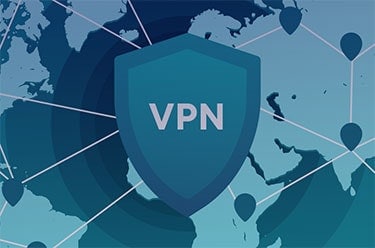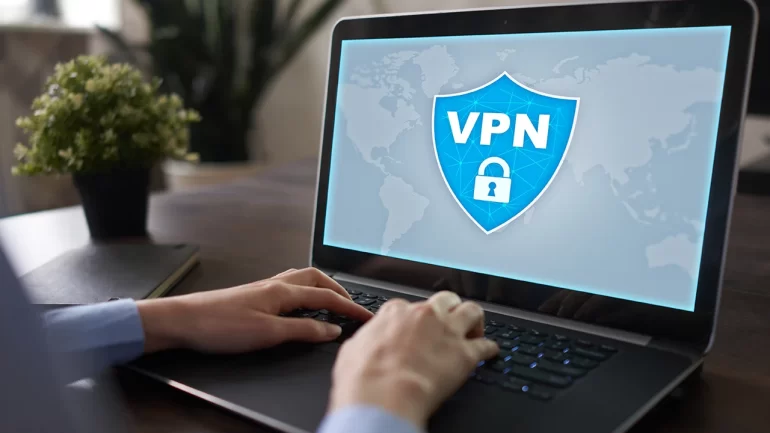You’ve heard about the top virtual private network services and are now questioning why you require one. Even though Apple Mac products take great pride in having outstanding privacy and security settings, a Mac VPN will give you an extra layer of security, online anonymity, and data protection.
To safeguard your online identity and behaviour VPN, works by encrypting the tunnel that carries your data and changing your IP address. Although you might not be aware of it, utilising a VPN has many additional benefits besides ensuring your online safety, such as enabling you to access streaming material from all over the world and unblocking prohibited websites with vpnlite.net.
Why does a VPN function?
Using a virtual private network can connect securely to a provider’s server. VPNs have a variety of distinct benefits, such as the following:
Privacy: No one can see what data transmitted via that “tunnel” since the connection between your device and the VPN server is encrypted with vpnlite.net. Since it is at the other end of the tunnel VPN, providers can see your data providers’ great pains to conceal this information. It is from store few or no records, make use of shared IPs so that specific users cannot recognise and take other precautions.
How to Do:
- Download the VPN application from the VPN’s website or the app store.
- Create a user account.
- Register on the app.
- Choose a server and connect to it.
- Configuration by Hand
Some users might prefer to connect remotely to a private network, such of a school or company, rather than using a VPN to encrypt their web activities and Mac IP address. We’ll discuss the advantages and disadvantages of manually configuring your Mac to be on a private, even though it’s not a simple process.

How to configure:
- On your Mac, launch the System Preferences programme.
- Network Hit.
- Select “+” by clicking.
- Select Interface.
- Select VPN.
- Select the VPN connection that you want to configure.
- Press Create.
- Decide on a protocol. A word about the various protocol choices:
- IPsec: IPsec secures connections over the internet encrypt either the entire data packet (tunnelling mode) or just the message (transport mode).
- If the VPN connection is lost, IKEv2 is what allows the machine to re-join the network.
- L2TP: L2TP creates the tunnel through which the encrypted data travels and often used in conjunction with IPsec.
- Type in your account name and server address.
- For settings, click Authentication.
- Enter the admin’s private network’s information here.
- To add more details like server options, DNS servers, proxies, or TCP/IP settings, click Advanced.
- Tap Apply.
- Select “OK2”








